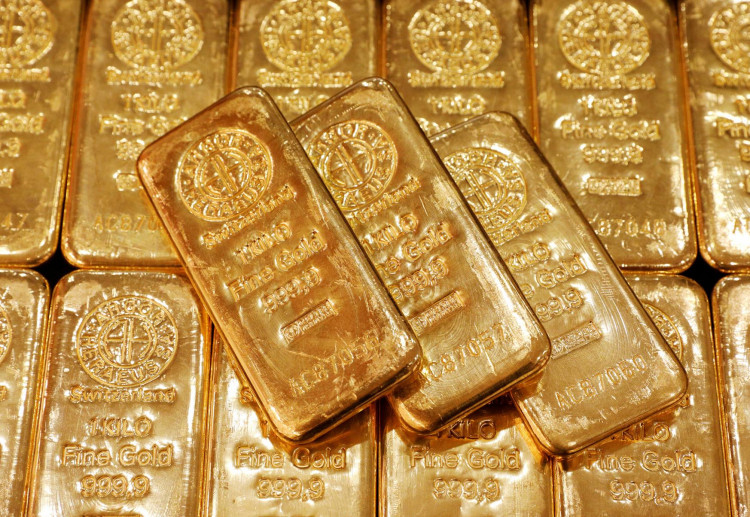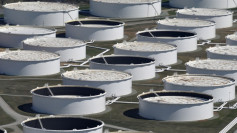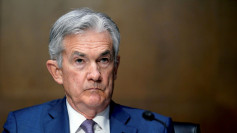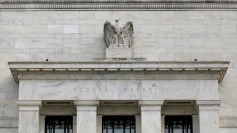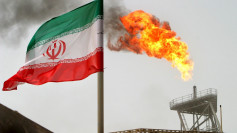Gold backpedaled in shaky trading following a turmoil in the oil market, the paranoia from the coronavirus, falling equities, and projections of easier financial policy lifted prices past the $1,700 per ounce mark.
The yellow metal rallied around 7 percent last week and it was the most impressive weekly advance in gold in the past decade, and the ascent could well continue and traders should use the dip to acquire, experts said.
Escalating worries about the coronavirus, especially in Italy, have sparked safe-haven flows toward gold. The eurozone's third biggest nation announced severe travel restrictions in several northern areas including where 16 million people reside, including Milan. The death figures from the coronavirus have soared from 233 to 366.
Above $1,700, the next goal is $1,720. The all-time peak is above $1,900 and is from 2011. Support awaits at the recent seven-year high of $1,690. Gold hit its highest since 2012, before it pared gains, as Brent fell, futures on the S&P 500 Index dipped, and the whole Treasury output curve shrunk below 1 percent for the first time.
Investors have already driven holdings in bullion-supported exchange traded funds to a new record as the virus impact heavily on the forecast for growth. The traditional safe haven asset has risen higher in the past months, after a 20 percent climb last year, as the world's health crisis grew and major lenders slashed interest rates to try and curb the damage.
According to Goldman Sachs Group Inc analysts, gold is immune to the coronavirus, adding the precious metal is the currency of last resort and estimated that prices could break past the $1,800 per ounce level.
Spot gold was up 1.6 percent to $1,699.20 an ounce, having hit its highest mark since December 2012 at $1,702.45 earlier in the trading, Reuters disclosed. Asian equities were down as investors rushed to bonds to offset the economic jolt of the virus, and oil sank over 20 percent after Saudi Arabia cut its official selling price, Reuters added.
The US and Europe are currently witnessing the possibility of technical recessions in the first six months of the year as the outbreak hampers demand and supply, and pushes investors to safe haven assets, Pacific Investment Management Co.'s Joachim Fels said.
Even after the US central bank imposed an emergency interest rate cut last week, there are predictions for more financial easing, which would be beneficial to non-interest bearing gold. Moreover, investors will keep an eye on this week's scheduled policy meeting of the European Central Bank.
